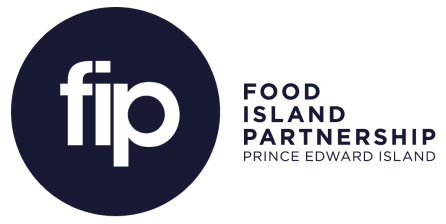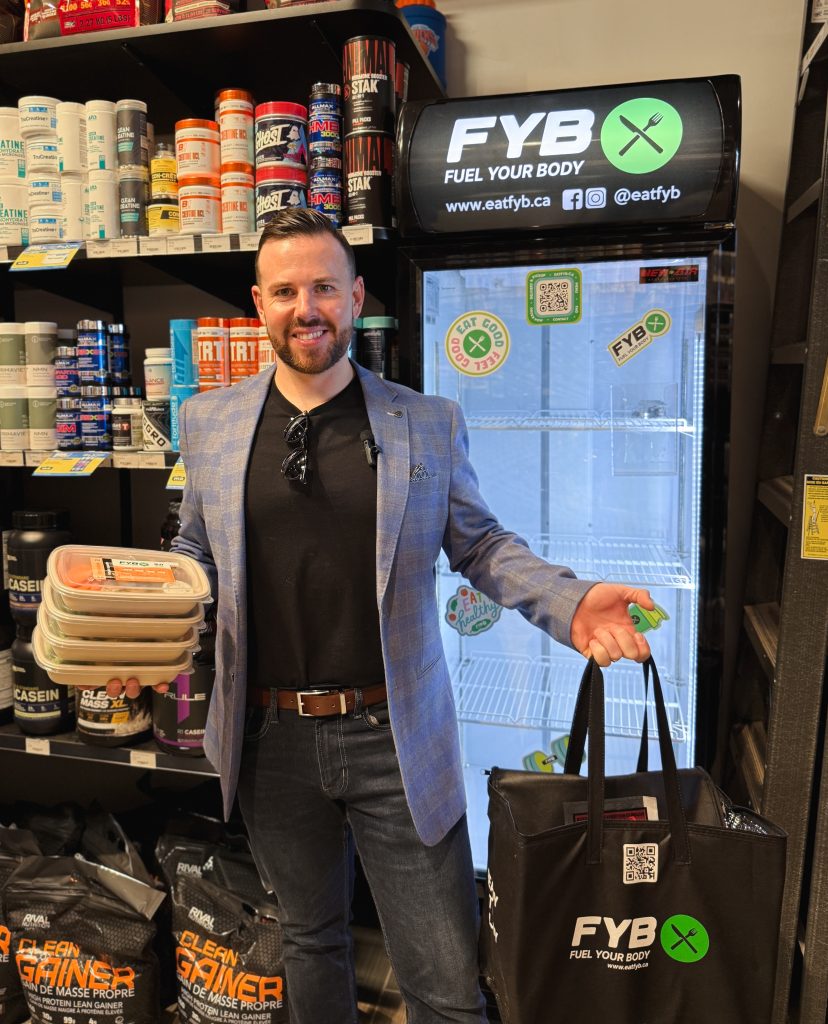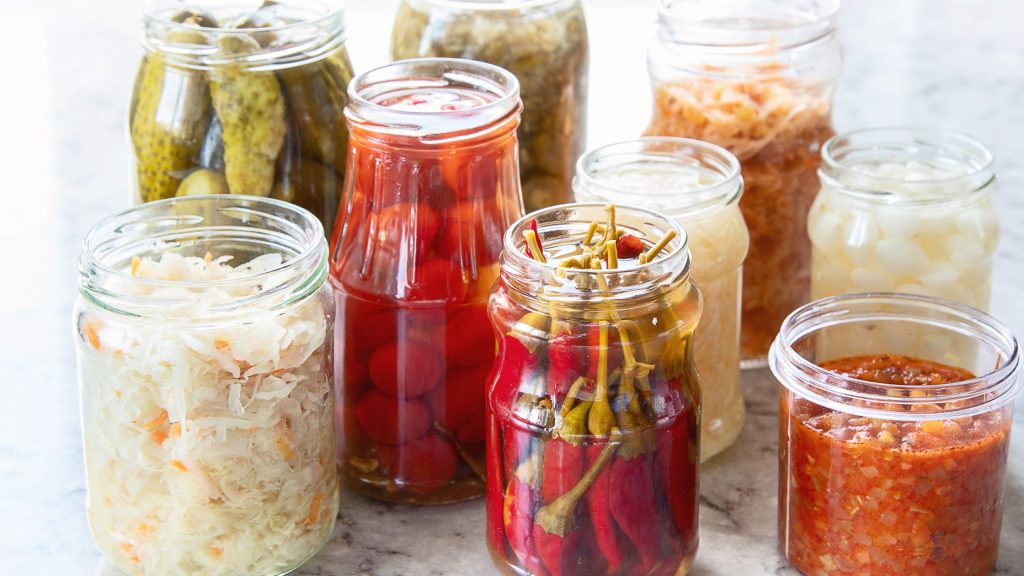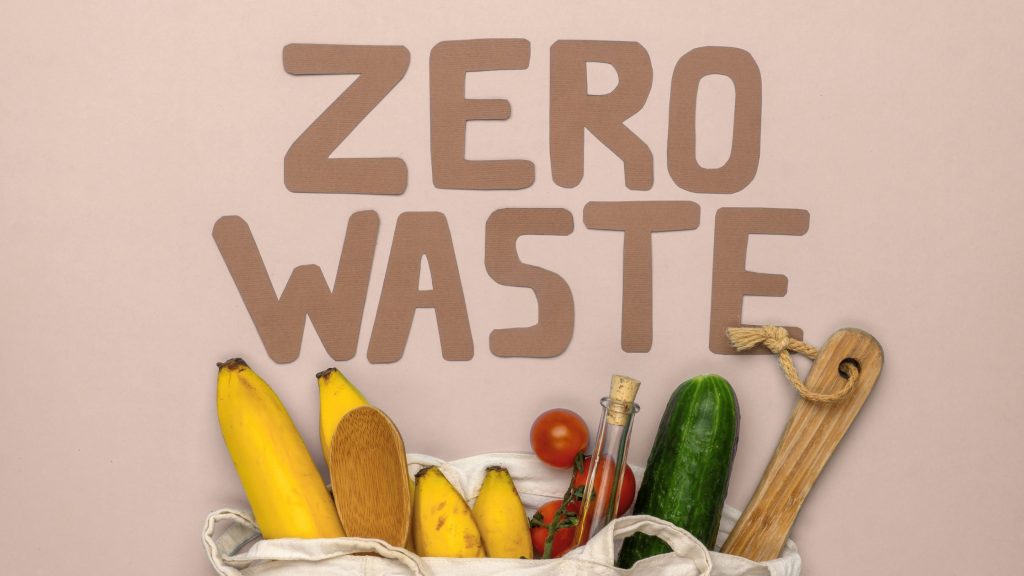Rooted in Abundance: How PEI’s Food Economy Feeds Prosperity
On Prince Edward Island, food is more than sustenance. It is story, identity, innovation—and increasingly, a powerful economic engine. Our small island is home to one of the most robust food economies in Canada. From sea to soil, farm to fork, the numbers are in: PEI feeds not only our tables, but our future.
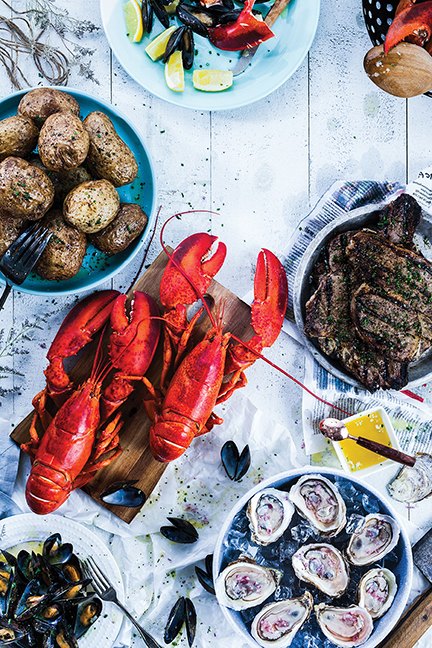
A Taste of the Numbers In 2022, PEI’s food economy supported over 25,000 jobs, representing nearly 1 in 5 workers on the Island. That’s not just fishing boats and farmhands. It includes chefs, food scientists, craft brewers, logistics experts, and startup founders.
The food economy contributed a staggering $2.26 billion to PEI’s GDP in 2022, with:
- $854 million from value-added manufacturing (the top GDP contributor)
- $738 million from primary production (fishing, farming, aquaculture)
- $670 million+ from distribution and food services
Labour income exceeded $1 billion, representing over 26% of all employment income in the province.
Global Exports, Local Roots In 2023 alone, international food exports from PEI reached $1.45 billion—a dramatic 81% increase since 2019. The stars of the show?
- Prepared potato products: $641M
- Frozen or fresh seafood: $278M+
- Blueberries and floriculture: growth over 100%
Our food feeds the world, with a net food trade surplus of $943 million. That’s nearly $2.40 in exports for every dollar of imports.
More Than Numbers: A Living Ecosystem Behind these figures is an ecosystem powered by people and innovation:
- Food Island Partnership fuels scale-up, exports, and storytelling.
- Canada’s Smartest Kitchen and BioFoodTech drive R&D.
- FoodWorks unlocks production growth for small brands.
- Educational institutions cultivate the next generation of culinary, bioscience, and food business leaders.
The PEI Advantage We lead the nation in per capita:
- Aquaculture output
- Food economy employment
- Food manufacturing investment
- Culinary tourism exports
- Agriculture R&D spending
This is no accident. It’s the result of years of intentional investment, ecosystem collaboration, and a deep love for what we grow and craft right here.
What’s Next? If PEI’s food economy continues to grow at just 3% per year, by 2033 we could:
- Add thousands of new jobs
- Increase payrolls by $350 million annually
- Boost annual tax revenue by over $120 million
The opportunity is ripe.
To the dreamers, makers, harvesters, and innovators: Your work is fueling something extraordinary. As we shape the next chapter of Canada’s Food Island, let’s honour our roots, lead with heart, and keep pushing boundaries—together.
Learn more about how Food Island Partnership supports food innovators: foodislandpei.ca
Canada’s Food Island. (2024). An Economic Impact Assessment. Prepared by Jupia Consultants Inc.
